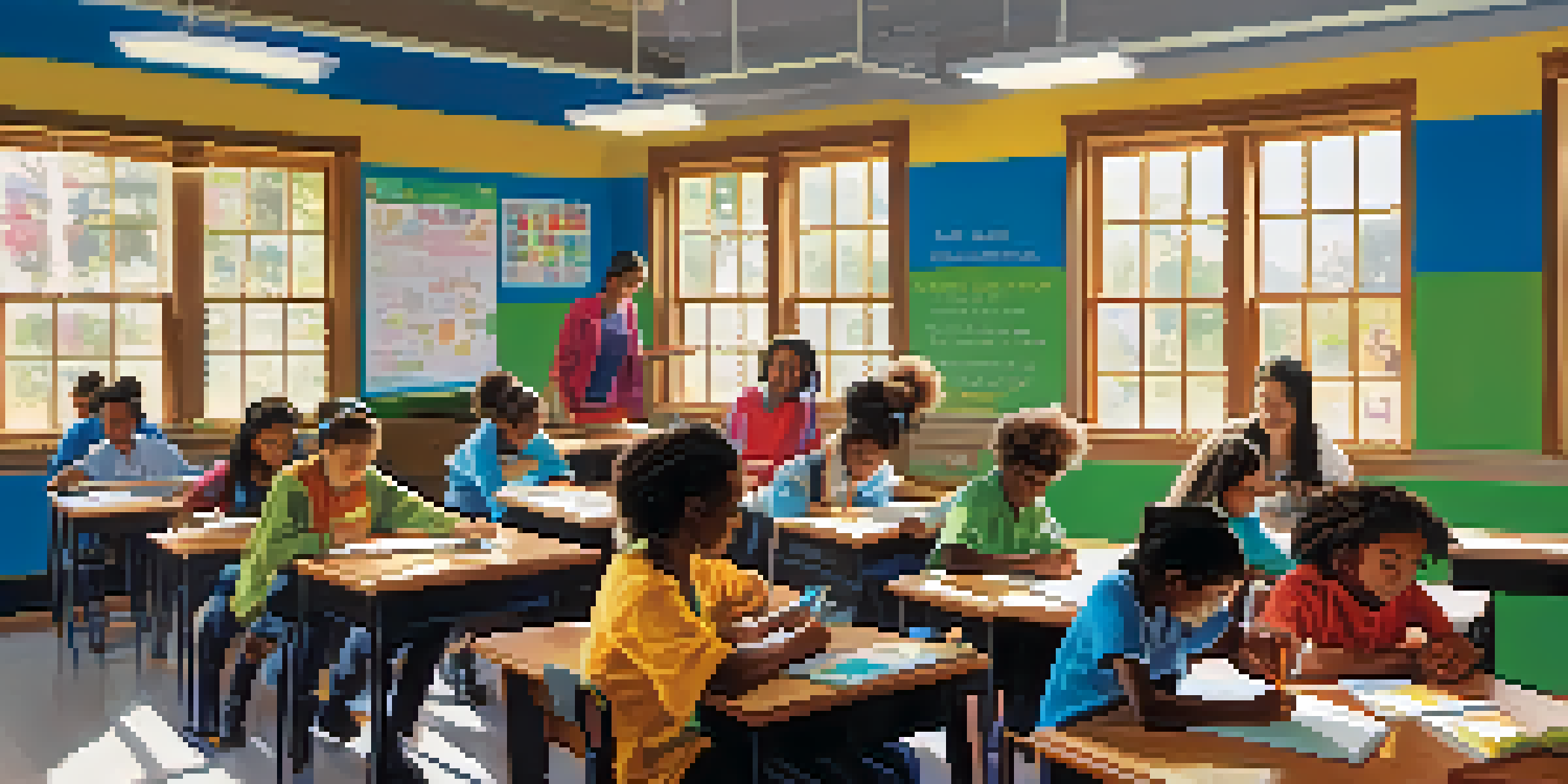Comparative Analysis of Louisiana's Education System and Others

Overview of Louisiana's Education System
Louisiana's education system is unique, shaped by its rich history and cultural influences. With a mix of public, charter, and private schools, the state offers various educational pathways. However, Louisiana has often been criticized for its performance, ranking low in national assessments. This section examines the structure and challenges of the state's education system while highlighting its distinct features.
Key Metrics for Comparison
To effectively compare Louisiana's education system to others, we must consider key metrics like graduation rates, standardized test scores, and funding levels. Graduation rates in Louisiana have seen improvement, but they still lag behind the national average. Standardized tests reveal a similar trend, indicating a need for ongoing reforms and support. These metrics provide a baseline understanding of where Louisiana stands in the educational landscape.
Funding Disparities Impact Performance
Louisiana's education system suffers from significant funding challenges, which affects resources and teacher salaries compared to more affluent states.
Funding Disparities in Education
Funding is a crucial element in any education system, and Louisiana faces significant challenges in this area. The state has historically struggled with budget constraints, impacting school resources and teacher salaries. In contrast, states like Massachusetts invest heavily in education, resulting in better outcomes. Understanding these funding disparities helps illustrate why Louisiana’s educational performance may differ from more affluent states.
Teacher Quality and Retention Issues
Teacher quality greatly influences student success, and Louisiana has faced difficulties retaining skilled educators. High turnover rates result from low salaries and challenging work environments, leading to a cycle of instability in classrooms. In comparison, states that prioritize teacher support and professional development tend to enjoy more favorable outcomes. This section explores the impact of teacher retention on Louisiana's education system.
Teacher Retention Affects Success
High turnover rates due to low salaries and difficult work environments hinder the stability needed for student success in Louisiana's classrooms.
Student Demographics and Challenges
Louisiana's student demographics present unique challenges that affect educational performance. The state has a high percentage of students from low-income households, which influences their academic opportunities. This reality contrasts with states that boast more diverse socioeconomic backgrounds. Recognizing these demographic factors is essential for understanding the broader context of Louisiana's educational challenges.
Innovative Programs and Reforms
Despite its challenges, Louisiana has implemented several innovative programs aimed at improving education. Initiatives like the Louisiana Scholarship Program and various charter schools offer alternative pathways for students. Additionally, educational reforms, such as the use of technology in classrooms, are increasing engagement and learning outcomes. This section highlights successful strategies that could serve as models for other states.
Innovative Programs Offer Solutions
Despite its challenges, Louisiana has introduced innovative educational programs and reforms that aim to enhance student engagement and learning outcomes.
Parental and Community Involvement
Parental involvement and community support play a significant role in student success. In Louisiana, many schools are working to foster stronger partnerships with families and local organizations. Compared to states with higher parental engagement, Louisiana’s schools can benefit from more active community involvement. This section discusses the importance of these relationships and how they can enhance educational outcomes.
Future Outlook for Louisiana's Education System
Looking ahead, Louisiana's education system faces both challenges and opportunities. Ongoing reforms, increased funding, and community involvement can pave the way for improvement. As the state continues to adapt and learn from successful practices in other regions, there is hope for a brighter educational future. This final section reflects on the potential for growth and the steps necessary to achieve lasting change.